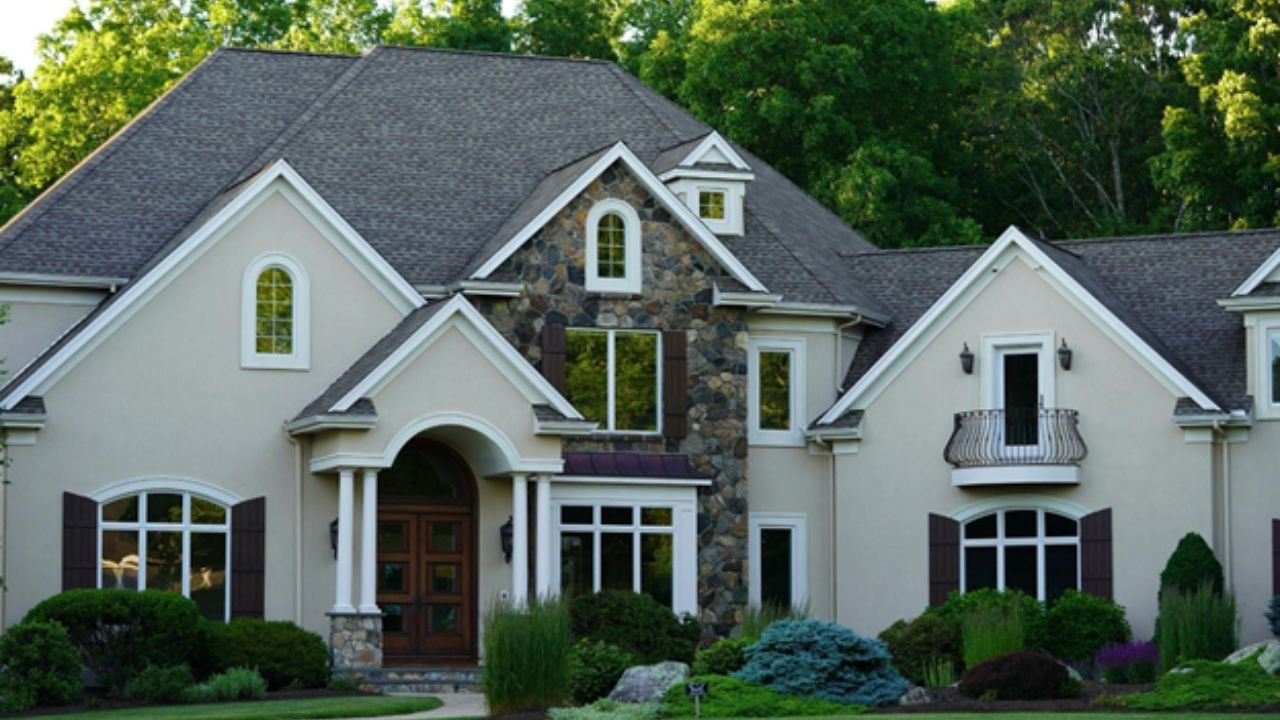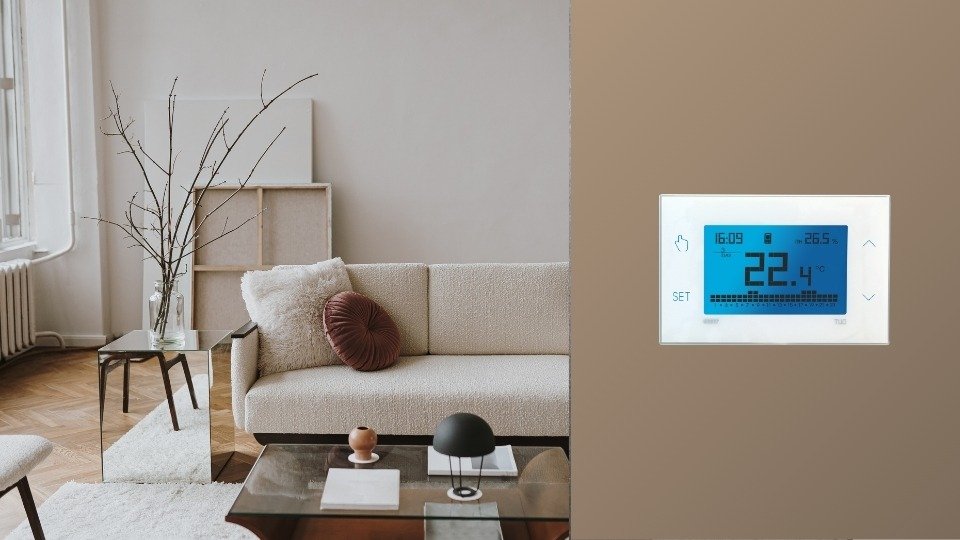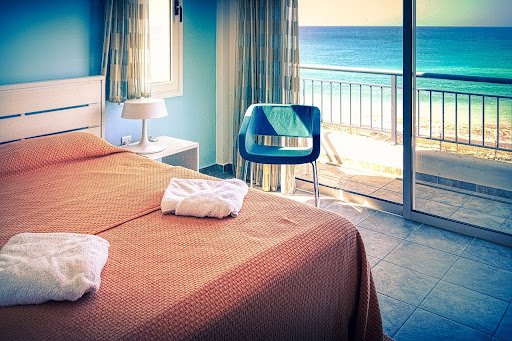If your house feels like it’s stuck in the past, you’re not alone. Many older homes have good bones but just need a little attention to feel fresh again. The good news? You don’t have to gut your place or spend a fortune. A few thoughtful upgrades can completely change the way your home looks and feels.
Whether you’ve just moved into an older place or you’ve been living in one for years, these ideas can help breathe new life into every corner, without losing the charm you love.
Upgrade the Roof and Exterior for Instant Freshness
Let’s start with what people see first—your home’s exterior. The roof, siding, and front entry all shape first impressions. If your roof is missing shingles, has visible wear, or looks faded, it might be time to update it. A clean, updated roof makes a big difference in how modern your home feels from the outside.
This is also a good chance to think about switching up materials. Metal roofs, for example, offer a sleek, long-lasting finish and hold up well in different weather conditions. If your roof is nearing the end of its life, upgrading it can improve your home’s look and add long-term value.
Need a reliable team to handle the job? Companies like Mr. Roofing specialize in helping homeowners modernize their roofs and even add solar panels. They focus on quality craftsmanship and efficient work, which makes a big difference when you’re trying to refresh your space quickly and professionally.
Don’t stop at the roof, though. Repainting the exterior, replacing old siding, or adding updated trim can also make your home look new again.
Brighten Up with New Windows or Skylights
Old homes tend to have small windows, heavy curtains, or layouts that block natural light. Swapping out old windows for new, energy-efficient ones can instantly brighten up any room. Bigger windows or ones with thinner frames let in more light and give the house a more open feel.
If you want to go a step further, skylights are a great addition. They’re especially helpful in bathrooms, hallways, or attics—places where windows don’t always fit. Besides improving lighting, they also help reduce the need for artificial light during the day.
Natural light not only makes your home feel bigger, but it also boosts your mood and energy. It’s one of the simplest ways to modernize an older space.
Update Lighting Fixtures and Switches
Lighting can change everything. Dated fixtures, yellow bulbs, and dusty shades can drag down the feel of even a well-decorated room. The fix? Swap them for clean, modern alternatives.
Try pendant lights in the kitchen, flush mounts in the hallway, or updated sconces in the bathroom. If your budget’s tight, even changing the shades or bulbs can help. Go for warm-toned LED lights for a cozy and modern feel.
Want to add even more function? Install dimmer switches or smart lighting systems. These upgrades are affordable, simple to install, and give you full control of the mood in each room.
Add a Fresh Coat of Paint Inside
Few things make a bigger impact for less money than a fresh coat of paint. Over time, walls get scratched, faded, or stained. Even if you clean regularly, the space might still look worn.
Repainting walls, ceilings, trim, or even cabinets can make the whole house feel cleaner and more modern. Stick to neutral tones if you want a timeless look, or add subtle contrast with darker accents on doors or baseboards.
Paint is also a great way to highlight architectural details. If your home has built-in molding or unique ceiling features, the right color can make them pop without a full remodel.
Refinish or Replace Flooring
Flooring takes a lot of abuse. Over time, even good-quality floors can start to show wear—scratches, stains, and discoloration are common in older homes.
If you have hardwood floors, consider sanding and refinishing them. It’s more affordable than replacing them, and it brings back their original beauty. For other floors, like tile or laminate, switching to a modern option like luxury vinyl can make a big difference.
Luxury vinyl planks are waterproof, easy to clean, and come in styles that mimic wood or stone. They’re a solid choice if you want a fast, clean upgrade with a fresh look.
Improve Storage with Built-Ins or Modern Cabinetry
Older homes weren’t always built with modern storage in mind. Closets are smaller, kitchens have fewer cabinets, and garages might not be set up for today’s needs.
You don’t have to tear down walls to fix that. Installing built-in shelves or upgrading cabinets can make your space feel less cluttered and more functional. In kitchens and bathrooms, soft-close drawers and adjustable shelves add a touch of modern convenience.
Floating shelves are great for smaller areas like bathrooms or offices. They look clean and minimal while still giving you space to organize essentials.
Boost Comfort with Energy-Efficient Features
Modern upgrades don’t have to be about looks alone. Improving your home’s comfort and function makes a big difference, too. One place to start is energy efficiency.
Smart thermostats can help you save on energy bills and keep your home comfortable all year. Adding insulation to attics or crawl spaces can reduce drafts and keep heat in during winter. Sealing gaps around windows or doors makes your HVAC system work less, which lowers energy use.
You can also upgrade to more efficient appliances or lighting systems. These small changes improve day-to-day living and make the home feel more updated, even if you’re not doing a full renovation.
And if you’re already thinking about roof updates, adding solar panels might be a smart long-term move. It helps reduce energy costs and modernizes your home in a meaningful way.
Refreshing an older home doesn’t have to be overwhelming. You don’t need a massive remodel to make it feel new again. With a few smart upgrades—inside and out—you can improve your home’s look, comfort, and value all at once.
Start small if needed. Pick the upgrade that makes the most sense for your space and go from there. Before you know it, your old home will feel fresh, functional, and even better than before.
You May Also Read: The Dos and Don’ts of Home Entryway Upgrades











